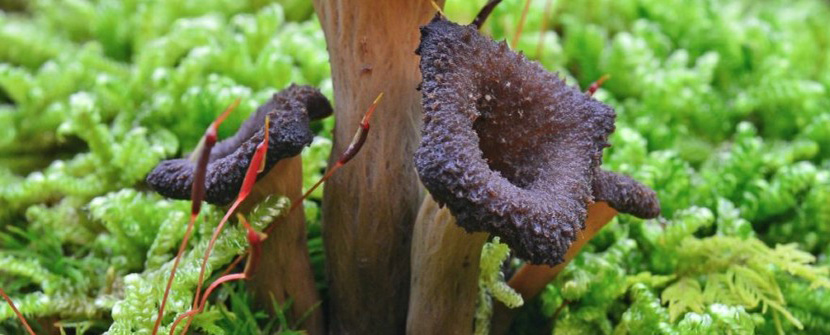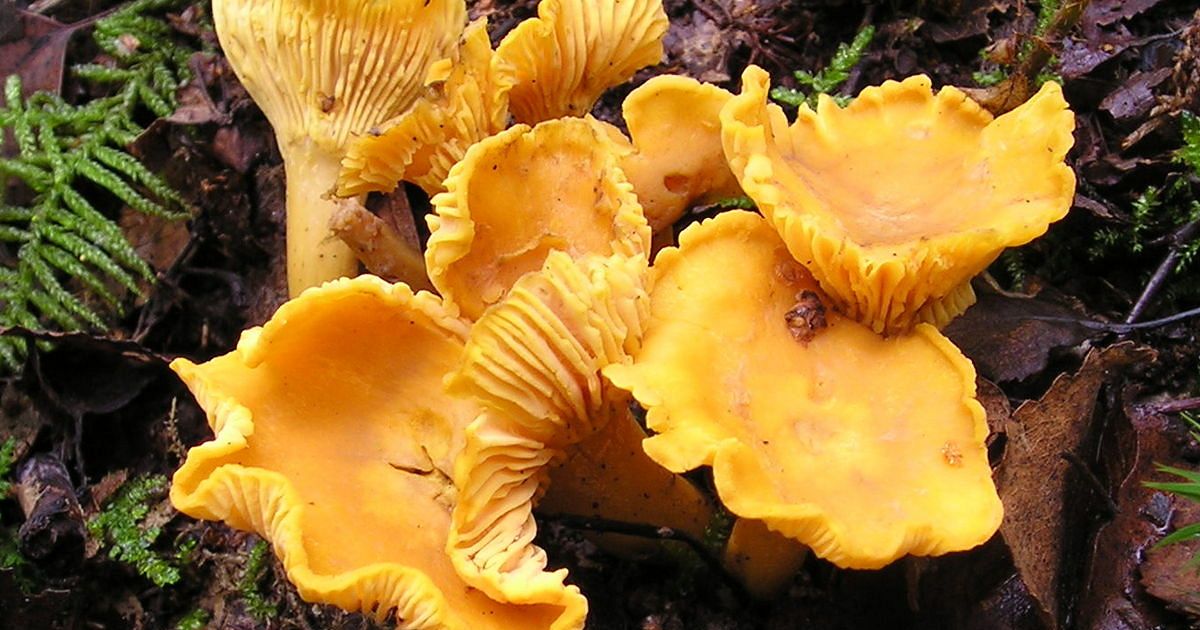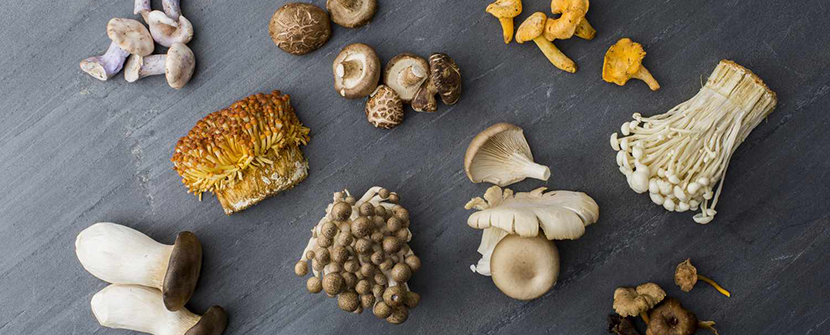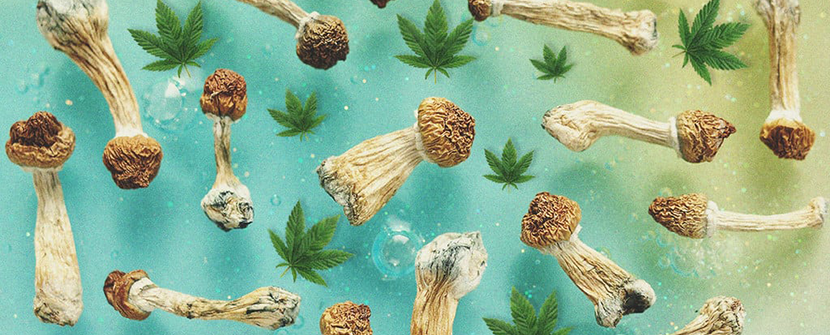Are you a fan of mushrooms? Do you enjoy adding them to your salads, soups, pizzas, or pasta dishes? If so, you might be interested in exploring some of the more exotic and rare varieties of fungi that can elevate your culinary experience. In this blog post, I will introduce you to six of the most delicious mushrooms you've probably never tasted, and tell you where to find them, how to cook them, and what health benefits they offer. Ready to discover some new flavors? Let's go!
Lion's Mane
This mushroom looks like a white pom-pom and has a texture similar to crab meat. It has a mild and sweet flavor that goes well with butter, garlic, and herbs. You can sauté it, bake it, or use it to make a creamy soup. Lion's mane is also known for its medicinal properties, as it may help improve brain function and nerve health. Studies have shown that lion's mane can stimulate the growth of nerve cells and protect them from damage, which may have implications for treating neurodegenerative diseases such as Alzheimer's and Parkinson's. Lion's mane can also enhance your mood and memory, as it may increase the production of neurotransmitters such as serotonin and dopamine.
Black Trumpet
This mushroom has a dark color and a trumpet-like shape. It has a rich and smoky flavor that pairs well with meat, cheese, and eggs. You can use it to make a savory sauce, a risotto, or an omelet. Black trumpet is also high in antioxidants and minerals, such as iron and zinc. Antioxidants can help prevent oxidative stress and inflammation in your body, which may reduce the risk of chronic diseases such as cancer and diabetes. Iron and zinc are essential for your immune system, as they help fight infections and heal wounds.
Maitake
This mushroom is also called hen of the woods, as it resembles a cluster of brown feathers. It has a crisp and chewy texture and a nutty and earthy flavor. You can grill it, roast it, or fry it. Maitake is also a great source of vitamin D and beta-glucans, which may boost your immune system and lower your cholesterol. Vitamin D is important for your bone health, as it helps your body absorb calcium and phosphorus. Beta-glucans are a type of fiber that can bind to cholesterol in your digestive tract and prevent it from entering your bloodstream.
Enoki
This mushroom has long and thin stems and small white caps. It has a crunchy texture and a mild and fruity flavor. You can eat it raw in salads or sandwiches, or cook it in soups, stir-fries, or hot pots. Enoki is also low in calories and high in fiber and protein. Fiber can help you feel full longer and regulate your bowel movements. Protein can help you build and repair your muscles and tissues.
Morel
This mushroom has a honeycomb-like appearance and a hollow stem. It has a meaty and nutty flavor that enhances any dish. You can soak it, rinse it, and then sauté it, fry it, or stuff it. Morel is also rich in vitamin B and potassium, which may support your metabolism and blood pressure. Vitamin B is involved in many enzymatic reactions that convert food into energy. Potassium is an electrolyte that helps balance the fluid levels in your body and relax your blood vessels.
Chanterelle
This mushroom has a bright yellow color and a wavy cap. It has a fruity and peppery flavor that adds a touch of elegance to your plate. You can cook it in butter, cream, wine, or vinegar. Chanterelle is also loaded with vitamin C and carotenoids, which may protect your eyes and skin. Vitamin C is an antioxidant that can help synthesize collagen, which is the main structural protein in your skin. Carotenoids are pigments that can filter harmful blue light from the sun and prevent eye damage.
These are just some of the amazing mushrooms that you can try if you want to spice up your diet and impress your guests. Of course, there are many more varieties out there, so feel free to explore and experiment with different recipes. Just remember to always buy your mushrooms from reputable sources or pick them with an expert guide, as some wild mushrooms can be poisonous or hallucinogenic. Happy mushroom hunting!








